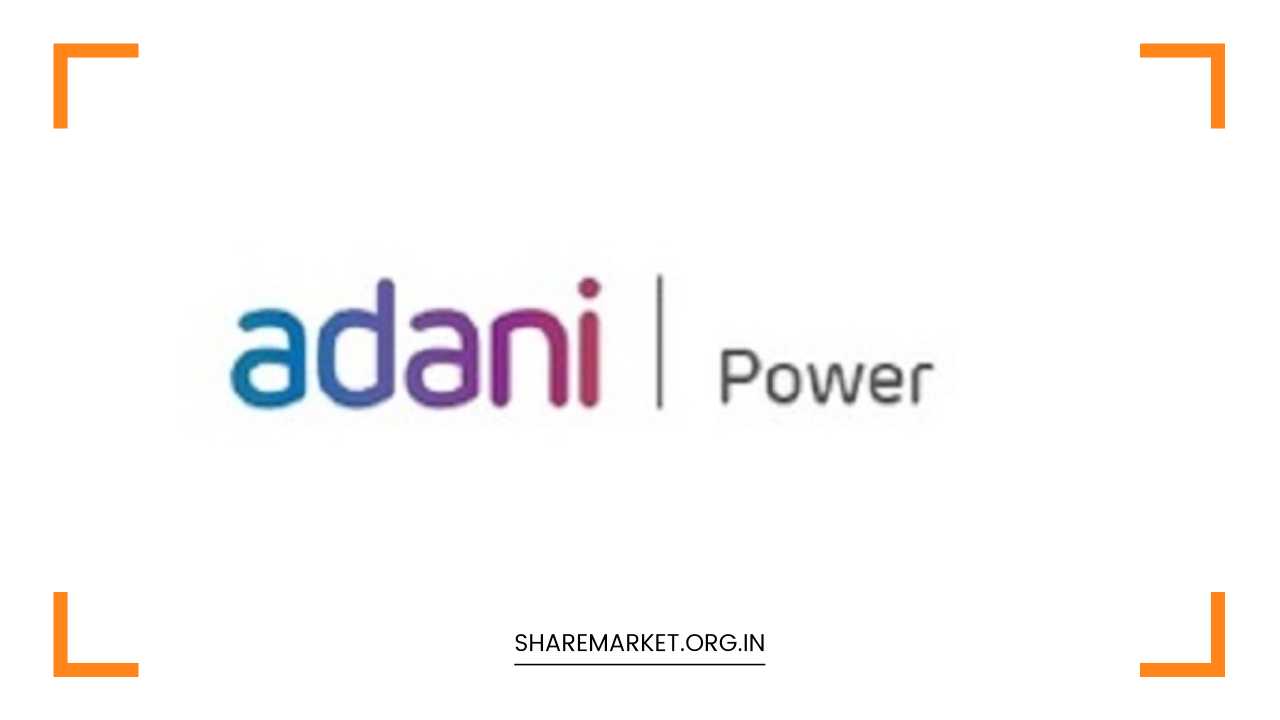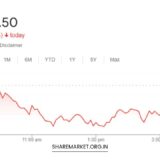Adani Power Share Price Up 18% in 4 Days

Adani Power Share Price
Adani Power Surges: A Deep Dive into the Company’s Meteoric Rise
Adani Power Limited, a subsidiary of the Adani Group, has been a hot topic on the Indian stock market. On April 3rd, the company’s shares skyrocketed by 5%, reaching a new lifetime high of ₹617.75.
This impressive rise is just the latest chapter in a remarkable story – Adani Power’s stock price has climbed roughly 19% over the past four trading days and boasts staggering returns in the longer term.
Unpacking the Uptrend: A Multi-Faceted Rally
Several factors are propelling Adani Power’s impressive performance:
- Financial Strength: While specifics aren’t provided, positive financial performance likely underpins the surge. Increased profitability, revenue growth, or a combination of both could be attracting investors and driving up share prices. Examining recent financial reports or analyst ratings would provide a clearer picture.
- Growth Ambitions: Adani Power’s ambitious expansion plans are a key driver. The company aims to increase its power assets to 6 gigawatts (Gw) within the next five years. This aggressive strategy demonstrates their commitment to capturing a larger share of India’s growing power demand. Their focus on coal-fired thermal power, which remains a mainstay in India’s energy mix, resonates with investors seeking exposure to this sector.
The Reliance Factor: A Strategic Alliance
The recent strategic partnership with Reliance Industries, a titan of the Indian economy, adds another layer of confidence to Adani Power’s prospects. Here’s a breakdown of this crucial alliance:
- Equity Stake: Reliance’s acquisition of a 26% stake in Adani Group’s Madhya Pradesh power project signifies a strong vote of confidence. This not only provides Adani Power with additional capital but also validates their project’s potential in the eyes of a leading industry player.
- Long-Term Power Purchase Agreement (PPA): The 20-year PPA between the two companies for 500 MW of power guarantees a stable revenue stream for Adani Power. This agreement mitigates some of the risks associated with fluctuating electricity prices and helps to project future earnings.
Market Position and Beyond: A Look at the Landscape
With its recent surge, Adani Power’s market capitalization has climbed to a staggering ₹2,37,336 crore. This impressive feat has propelled it to the 37th position among companies listed on the Bombay Stock Exchange (BSE).
Surpassing established players like JSW Steel, Tata Steel, and Siemens indicates a significant shift in investor sentiment and growing confidence in Adani Power’s future potential.
Navigating the Road Ahead: Potential Challenges and Opportunities
While the current outlook is bright, several factors could influence Adani Power’s trajectory in the coming years:
-
Coal Price Fluctuations: As Adani Power’s expansion heavily relies on coal-fired plants, fluctuations in coal prices could significantly impact the company’s profitability. Implementing effective cost-management strategies will be crucial for maintaining healthy margins. Exploring alternative fuel sources or adopting cleaner technologies could be a long-term hedge against coal price volatility.
-
Government Regulations: The Indian government’s policies towards the power sector, including its push for renewable energy initiatives, could potentially impact the demand for coal-generated power. Staying adaptable and potentially diversifying into cleaner energy sources like solar or wind power could be essential for long-term sustainability.
-
Execution of Expansion Plans: Delivering on the ambitious expansion strategy will be critical for justifying the current market valuation. Successfully executing these plans within the specified timeframe and budget will be key to maintaining investor confidence. Delays or cost overruns could potentially lead to a stock price correction.
Additional Considerations for Further Research:
- A deeper dive into Adani Power’s recent financial performance would provide a clearer picture of the company’s financial health and potential for continued growth.
- Analyzing industry reports and expert opinions on the future of coal-fired power in India could offer valuable insights into potential risks and opportunities for Adani Power.
- Researching Adani Power’s plans for diversification into renewable energy sources would shed light on the company’s commitment to sustainability and its long-term growth strategy.
Beyond Coal: Potential for Diversification
While Adani Power’s current focus is on coal-fired thermal power, the Indian government’s push for renewable energy and increasing global concerns about climate change necessitate exploring diversification options. Here’s a closer look at this aspect:
- Government Incentives: The Indian government offers attractive subsidies and tax breaks for companies investing in renewable energy projects. Leveraging these incentives could significantly reduce the upfront costs associated with establishing solar or wind farms, making renewable energy a more viable option.
- Shifting Consumer Preferences: A growing segment of the Indian population is becoming environmentally conscious and demanding cleaner energy sources. By offering renewable energy options, Adani Power could cater to this growing market segment and potentially gain a competitive edge.
- Long-Term Sustainability: Coal is a finite resource, and its use is linked to environmental concerns. Investing in renewable energy sources like solar or wind power would position Adani Power for long-term sustainability and potentially improve its public image.
Potential Strategies for Diversification
Here are some ways Adani Power could potentially integrate renewable energy into its portfolio:
- Acquisitions: Acquiring existing renewable energy companies or projects could be a quick and efficient way for Adani Power to gain a foothold in the renewable energy sector. This strategy would provide them with immediate access to established infrastructure and expertise.
- Joint Ventures: Partnering with established renewable energy players could leverage their expertise in this sector while minimizing risks for Adani Power. This approach would allow them to learn from experienced partners and build their own capabilities in renewable energy.
- Developing In-House Capabilities: Investing in research and development (R&D) to develop their own renewable energy technologies could be a long-term strategy. This approach would give them greater control over their technology stack and potentially lead to cost efficiencies and innovation.
The Road to Net Zero: Adani Group’s Sustainability Commitment
It’s important to note that Adani Power is part of the broader Adani Group, which has recently made significant commitments to sustainability.
In 2022, the Adani Group announced a bold target of investing $100 billion in the energy transition over the next decade, with 70% of these investments earmarked for clean energy.
This commitment includes building giga factories to manufacture solar panels, wind turbines, and hydrogen electrolyzers.
While Adani Power itself may not spearhead these initiatives, its performance could be influenced by the success of the Adani Group’s broader clean energy push.
Final Thoughts: A Balancing Act
Adani Power’s recent surge reflects a combination of strong financial performance, ambitious expansion plans, and a strategic alliance with Reliance Industries.
However, the company faces challenges like coal price volatility and the need to adapt to a changing energy landscape.
Embracing renewable energy sources or cleaner technologies could be crucial for Adani Power’s long-term sustainability and future growth.
The company’s ability to navigate these challenges and capitalize on potential opportunities will ultimately determine whether its impressive run continues in the coming years.
Looking Forward: Staying Informed
The Indian power sector is undergoing a dynamic transformation. Investors interested in Adani Power should closely monitor several key metrics to stay informed:
- Company Filings: Regularly reviewing Adani Power’s financial statements and annual reports will provide insights into the company’s financial health, future plans, and potential risks.
- Industry News: Staying updated on industry trends, government policies related to the power sector, and developments in renewable energy will be crucial for understanding the broader context in which Adani Power operates.
- Analyst Reports: Seeking insights from financial analysts who specialize in the Indian power sector can provide valuable perspectives on Adani Power’s future prospects.
By following these steps, investors can make informed decisions about Adani Power and its place within the evolving Indian energy landscape.

















